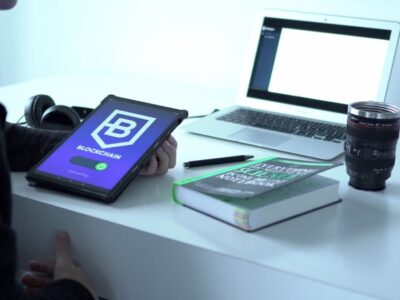
Forensic watermarking is used to provide an additional layer of security to DRM-protected content in the OTT segment. However, malicious attackers often find ways to circumvent the watermarking techniques by identifying vulnerabilities in them.
Collusion attacks are one of the most common types of attacks on video watermarking. In a collusion attack, the attacker has more than one watermarked video with the same watermark. This enables the extraction and identification of the pattern of watermark, and the attacker tries to make the watermark unreadable by combining the several copies of content. A collusion attack is also possible if the adversary has multiple copies of a work, each with a different watermark which can be combined to make the watermarks undetectable.
To confront collusion attacks, especially in DRM protected content, the payload bits of a watermark can be spread out across different domains. One can also apply error correction codes that identify the mark even after collusion. In general, anti-collusion techniques have been found to be more effective with more payload bits retrieved from the content. The payload must then be formatted with collusion attacks in mind. Based on the “marking assumption” that bits in common or combined videos will survive any averaging approach, they are maximized to signal information that could be the same between attackers. This could range from a device type (if the copies are leaked due to the same device), a timestamp if the copies have been created in a similar time frame, or geographic location if the attackers are close together. Gradient descent attacks can be prevented by hiding any useful information that could be used to identify a short path out of the detection region.
In addition, one could also reduce the number of transactions assigned to an individual user by repeating the same transaction number for a certain time period. The user would thus receive the same payload for any access of the same content within the specified time frame which would prevent collusion between copies of a single user. A high payload bitrate could also help in increasing the effectiveness of anti-collusion techniques. Apart from making this a property of the watermarking technology itself, it can also be governed by the selected adaptive bitrate segment duration in the case of some two-step watermarking implementations.










